
36th Day of the Spring in Esfanjan
Even though Nowruz can be considered one of the most important festivities of Iran that is somehow related to nature, however, there are some ceremonies observed in different regions of Iran that are related to the change in nature. Celebrating the 36th day of spring in the Esfanjan Village of the East Azarbaijan Province of Iran is a ceremony that is performed with special customs. This ceremony was inscribed on the list of Iran’s intangible national heritage in the year 2010.
Where Is Esfanjan Located?
Esfanjan is one of the villages of Osku County, East Azarbaijan Province. This village has a population of about four thousand people and is located on the way from the city of Osku, at a distance of three kilometers from this city, to the tourist village of Kandovan. It is said that the good weather of the village in the Iranian month of Esfand (March), which is associated with the melting of snow and the flow of surface water, is the reason why this village is called “Esfanjan”. The village has fertile agricultural fields.
The Ceremony Held on the 36th Day of Spring
In the Azari language, the ceremony held on the 36th day of spring is called “Okuz Qorbani”, which means “cow sacrifice”. This ceremony is always held on Thursday, and if the 36th day of spring does not coincide with Thursday, it is performed on the nearest Thursday.
A couple of days before the ceremony, the elders of the village go to the people of the village and collect the money that they want to allocate for this ceremony, and with this money, they buy a big bull. On the morning of the ceremony, the bull is taken from neighborhood to neighborhood so that the villagers can offer their gifts. These gifts may be pieces of cloth or eatables such as local bread and walnuts.
After touring the whole village, the bull is taken to the “Eid Abad” aqueduct, which is called “Eid Ava” in the local dialect, to make it drink water. Thereafter, the bull is taken out of the village and while the people walk behind it, it is taken to a shrine called “Pir Hasan” or “Pir Sang”, which is located on a hill. A person carries a flag, known as “Alam-e Dastmal” (lit. handkerchief flag), in front of the crowd. The bull is made to take three rounds around this shrine and in the meantime, the gifts collected from the village people are distributed among the children. Finally, the bull is taken to a place on the top of the hill, which is located at a short distance from a place called “Neshnagah”, for doing the sacrifice. The villagers believe that after the sacrifice is done the blood of the bull should reach “Neshnagah”. For this purpose, they usually make a narrow stream to make the blood of the sacrifice flow towards “Neshnagah” as a sign of acceptance of the sacrifice, so as soon as the blood reaches “Neshnagah”, people begin to congratulate each other with enthusiasm.
After the sacrifice, the beef is cut into pieces in the same place and brought back to the village to make Tabrizi meatballs and give dinner to all the people of the village. Due to the fact that the population of the village is rather large and the meat of the sacrificial bull may not be enough to make Tabrizi meatballs for all the people of the village, some other cows or calves may also be sacrificed along with the sacrificial null. All the people of the village eat the same food on this night to show that external differences such as wealth and standard of living can be ignored. Even those who have migrated from the village come back to participate in this ceremony and those who are unable to attend the ceremony, request their relatives to keep some of the meatballs for them so that they could be considered present in the ceremony.
The Historical Origin of the Ceremony
It is said that in ancient times, on this day, while the trees in the village were full of blossoms, a strong wind blew and destroyed the crops. An old woman from the village had a dream that this wind was blowing from the “Neshnagah” and a sacrifice should be made there so that the wind would not damage the crops again. Some people, however, believe that the longevity of this ancient ceremony dates back to before Islam when people believed in Mithraism.
Celebrating the 36th day of spring in the Esfanjan Village of the East Azarbaijan Province of Iran is a ceremony that is performed with special customs. This ceremony was inscribed on the list of Iran’s intangible national heritage in the year 2010.
| Name | 36th Day of the Spring in Esfanjan |
| Country | Iran |
| State | East Azerbaijan |
| City | Osku |
| Type | National |
| Registration | National |
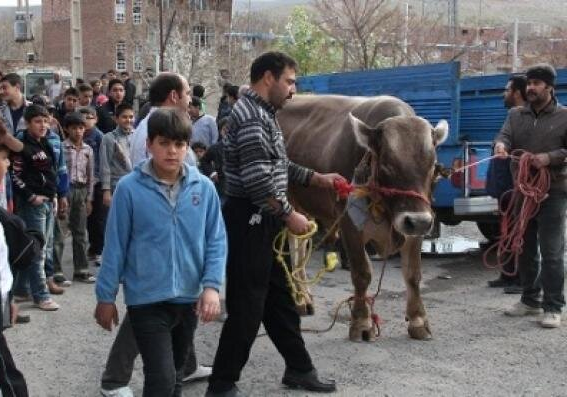

Choose blindless
Red blindless Green blindless Blue blindless Red hard to see Green hard to see Blue hard to see Monochrome Special MonochromeFont size change:
Change word spacing:
Change line height:
Change mouse type:
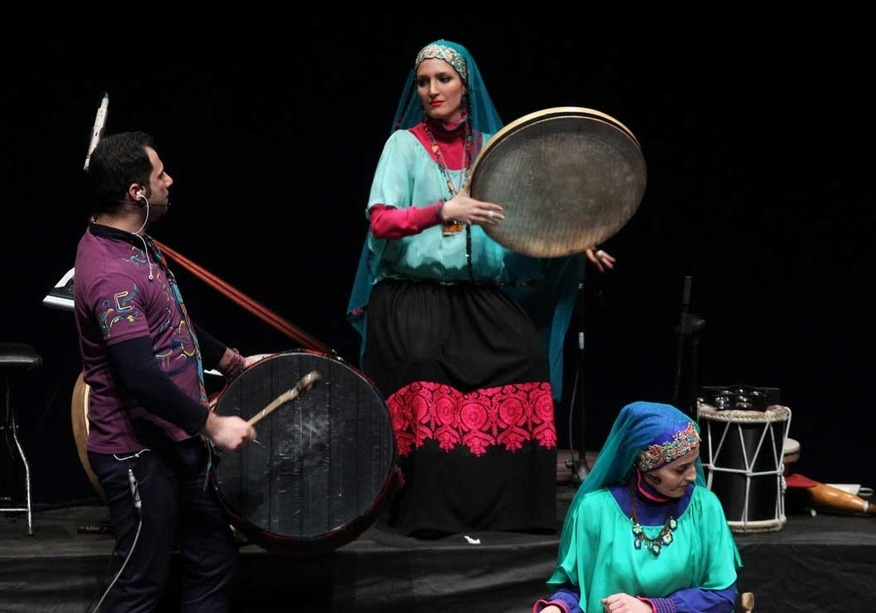
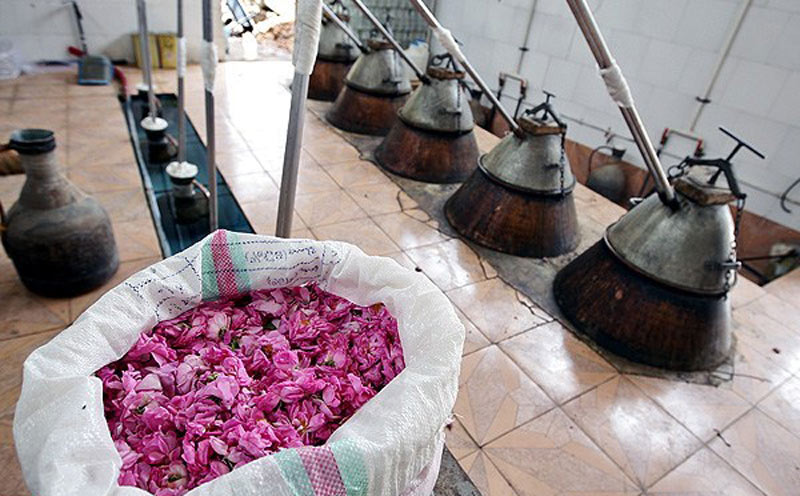

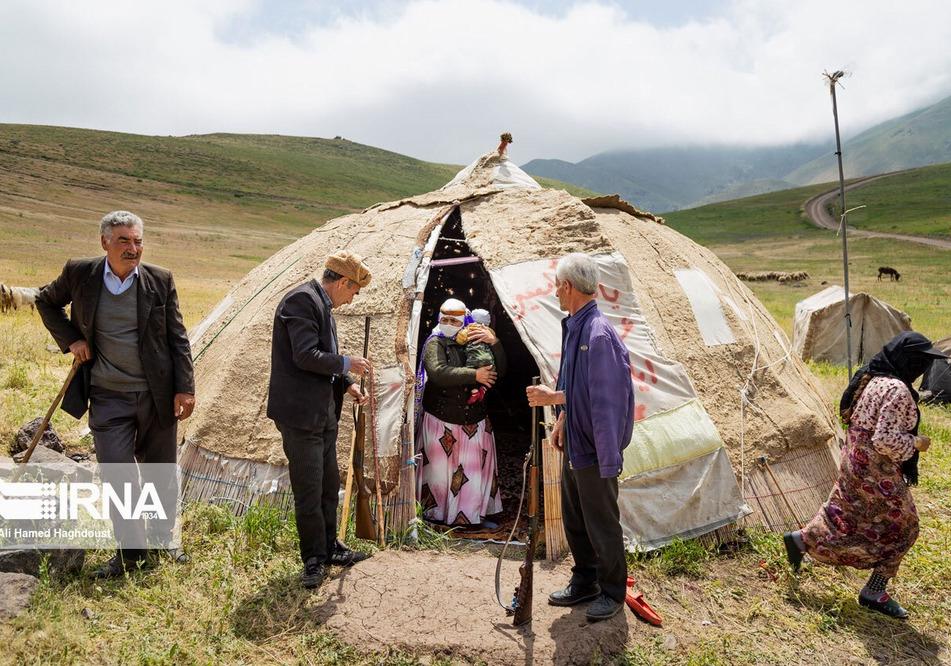
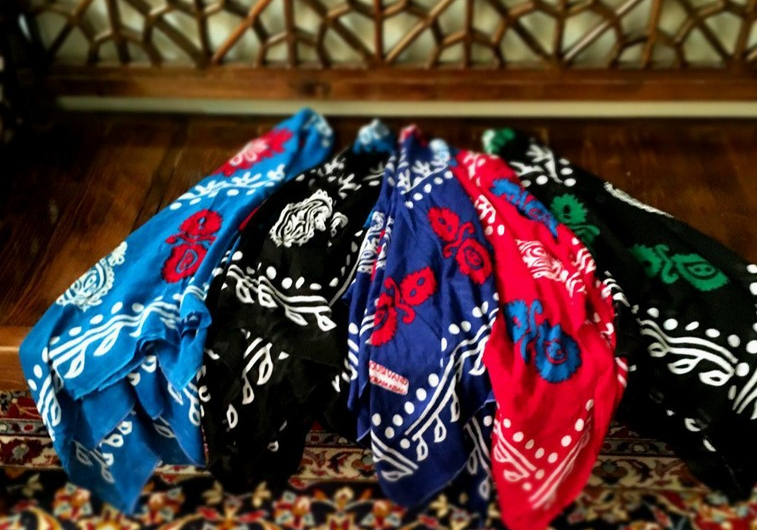

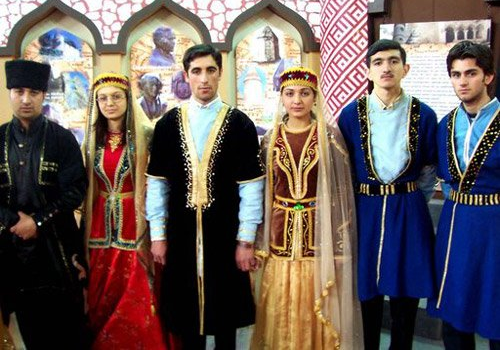

.jpeg)
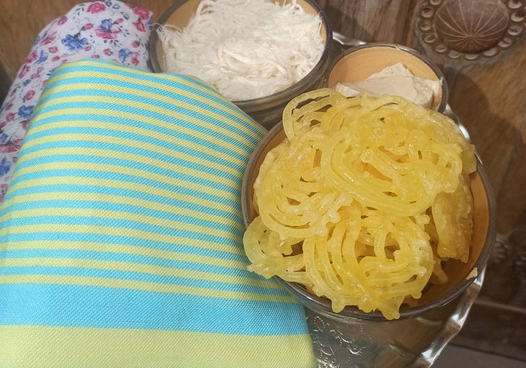
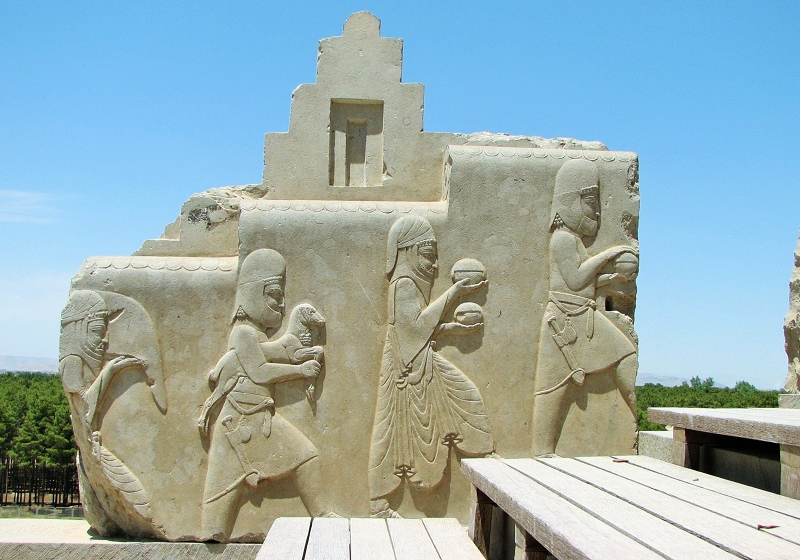
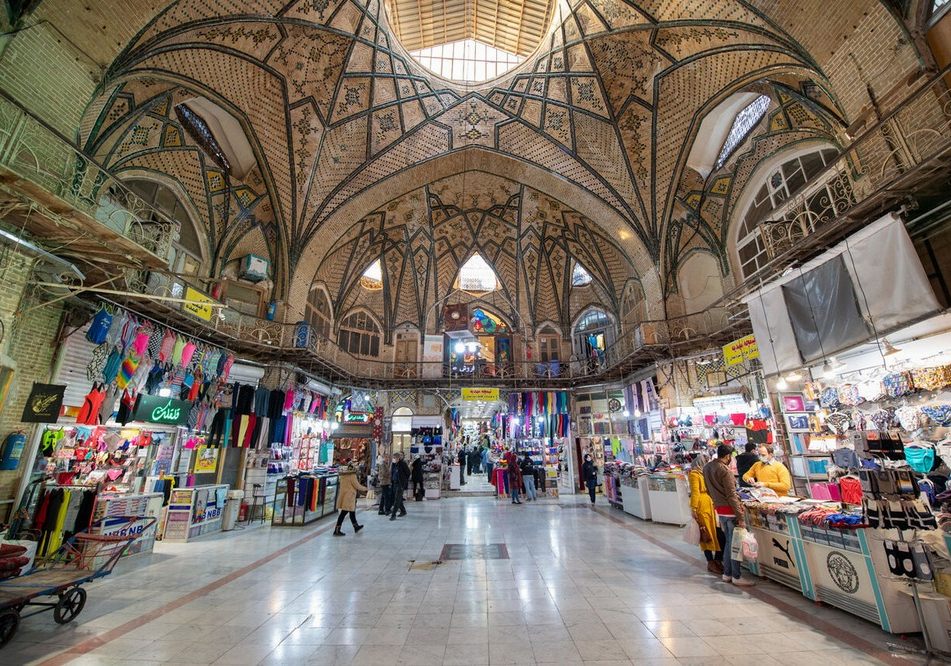

_1.jpg)
